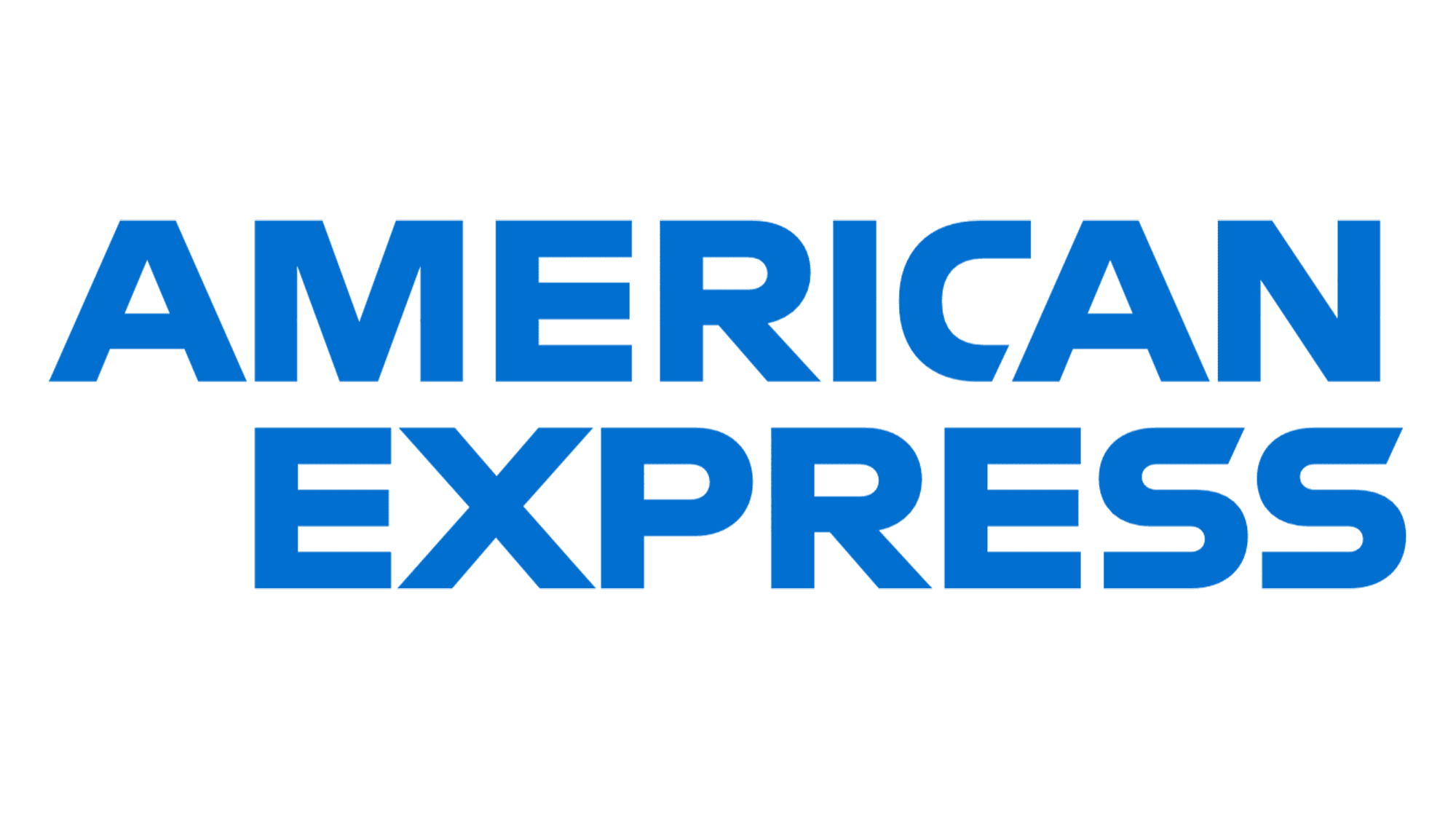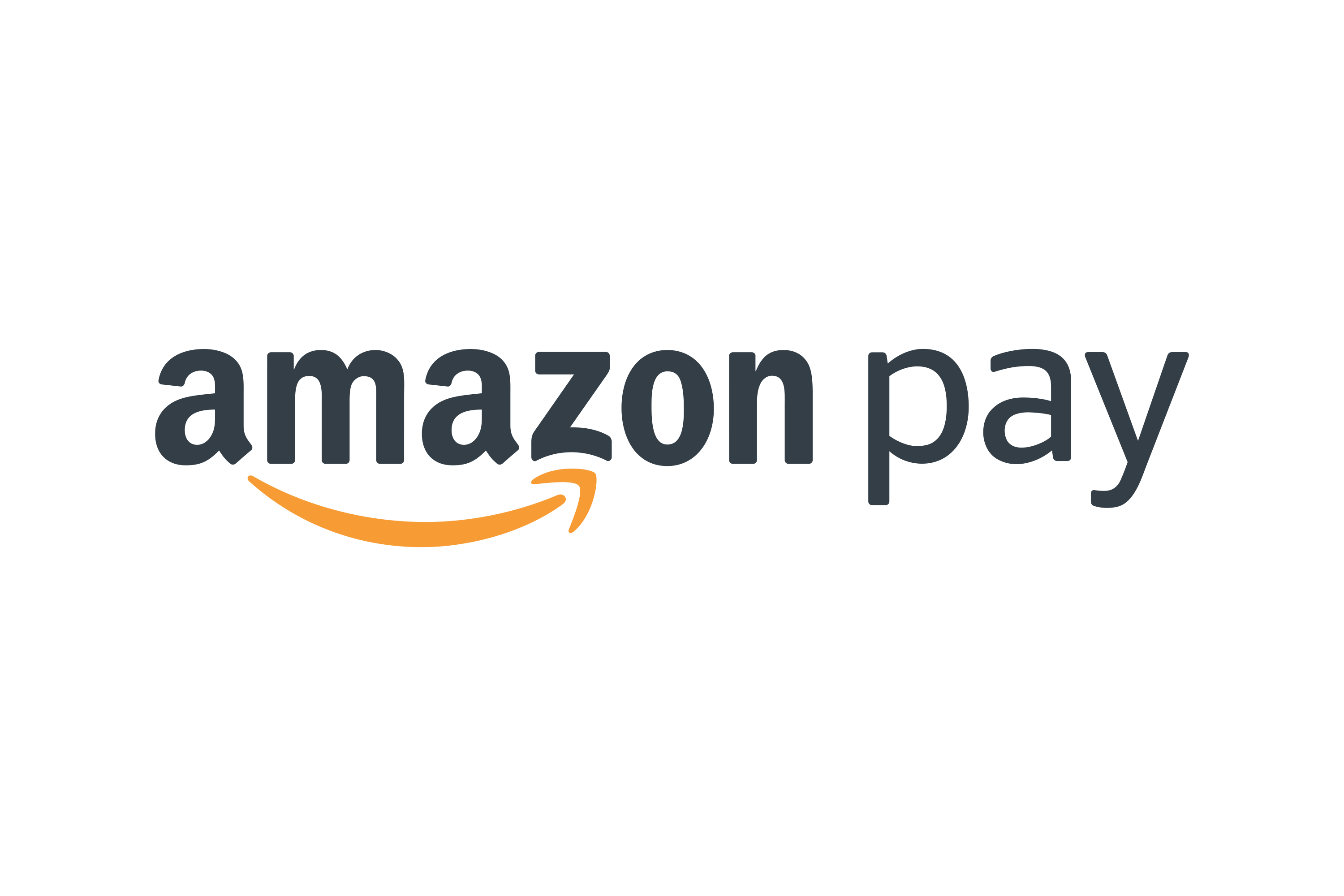An overview of the most common types of shirt printing methodsThere are many methods to create t-shirts using conventional and digital technology. Six of the most common t-shirt printing techniques used in ecommerce are: 1. Direct-to-garment printing2. Screen printing3. Dye sublimation printing4. Heat transfer vinyl printing5. Plastisol transfer printing6. Airbrushing 1. Direct-to-garment printing (DTG printing) As the name implies, direct-to-garment is a t-shirt printing technique that applies inks directly to t-shirts, and this distinguishes it from t-shirt printing techniques that apply inks indirectly using a screen or a transfer paper. DTG uses a particular printer that applies water-based inks to shirts using a four-step process: A t-shirt design is created in a digital art file and stored on a computer connected to the printer. The t-shirt is prepared for printing. A pretreatment solution is applied to keep white ink from discoloring the shirt, smearing, or mixing with colored inks. The shirt is then cured with a heat press or air dryer to flatten the fibers for a smoother printing surface. The t-shirt is aligned over a flat platform called a platen and fed into the printer. After printing the t-shirt, the ink is cured with a heat press or forced air dryer to make it stick to the shirt through repeated washings. DTG printing takes images directly from computer files, allowing you to customize your designs without creating new screens or stencils. You can print complex designs with vibrant colors, high resolution, and sharpness. You can use DTG on most popular t-shirt fabrics, including cotton, polyester, and cotton/polyester blends. It produces the best results on natural fabrics such as cotton. Many widely regard DTG as the more environmentally sustainable printing method. The water-based inks used in DTG printing are free of toxic chemicals. Because designs are printed directly onto the fabric, there is no need for additional materials like screens or paper, reducing the amount of waste. While DTG printers are costly, often priced at over $10,000, this method lends itself well to print on demand. Working with a reputable print on demand provider makes direct-to-garment t-shirt printing techniques affordable and reduces overproduction and excess inventory. Pros:Direct-to-garment printing can handle highly complex designs with multiple colors or photographic detail. DTG inks sink into the fabric for a smooth feel. Direct-to-garment printing uses eco-conscious inks and materials. DTG t-shirt printing can produce any quantity of shirts quickly. Cons:Direct-to-garment printing works best on cotton but is not as ideal for polyester t-shirts. DTG t-shirts have less resistance to washing and sunlight than screen-printed shirts. DTG printers are expensive, though you can mitigate this by working with a print on demand (POD) service. 2. Screen printing The screen printing technique, also called silkscreen printing, applies ink designs to shirts by pressing ink through a mesh partly blocked off by a stencil printing shape. Using a mesh medium classifies screen printing as an indirect t-shirt printing method. Silkscreen printing uses a seven-step process: The design is created by printing a digital file onto a transparent acetate film that will serve as a stencil. One or more screens are prepared using an emulsion that will harden when exposed to light, blocking off the area surrounding where you will print the design. You must use one screen for each color of the design. The screen is exposed to light, causing the emulsion to harden. A stencil is created by removing the hardened emulsion. Set the screen on a printing press and place the t-shirt on a printing board under the screen. The screen lowers onto the printing board while the ink is inserted into it and pressed down with a blade or squeegee to impress the design on the t-shirt. the ink is cured with a heat gun, heat press, flash dryer, or conveyor dryer after printing. T-shirts with multiple colors require stencils and screens for each color. Screen printing was once the most popular printing method for making t-shirts. However, the time it takes to prepare stencils and screens makes screen t-shirt printing less cost-efficient than DTG for small quantities of shirts. Screen printing retains its value for large print runs of hundreds or thousands of t-shirts. Pros: Screen printing produces vivid prints for simple patterns with a small number of colors. Screen-printed designs last through multiple wash cycles. Screen t-shirt printing is cost-efficient for large print runs. Cons: Screen t-shirt printing requires significant set-up time for stencils and screens. Screen printing isn’t suitable for complex color patterns or high-resolution images. The screen printing process is only cost-efficient at large scales. Screen printing wastes ink and materials, making it less environmentally friendly than DTG t-shirt printing methods. 3. Dye sublimation printing Dye sublimation is also known as all-over printing (AOP) because you can apply it to all shirt areas. For example, dye sublimation can print repeated patterns or cover areas such as seams. It differs from DTG and silkscreen printing techniques, which apply ink to designated printing areas on flat shirt surfaces. The dye sublimation method uses a three-step process: The t-shirt design is created in a digital image file. A particular printer prints the image in reverse on transfer paper. The paper is pressed to the t-shirt, heated under pressure to a gaseous state, and then cooled, transferring the ink to the shirt. Sublimation works beautifully on synthetic fabrics such as polyester. However, this printing method doesn’t bond ink to cotton. Pros:Dye sublimation can be printed all over a t-shirt. Sublimated inks blend into the shirt’s fabric, creating a smooth look and feel. Sublimated shirt designs won’t fade or peel. T-shirts prepared through dye sublimation are breathable. Cons:Dye sublimation doesn’t work well with cotton or dark t-shirts. Sublimation is expensive compared to other t-shirt printing options. 4. Heat transfer vinyl printing (HTV printing) Heat transfer vinyl printing, also known as iron-on printing, transfers designs from vinyl plastic-based sheets. You color one side of the sheet with removable tape and cut it into design shapes. You coat the other side with an adhesive








